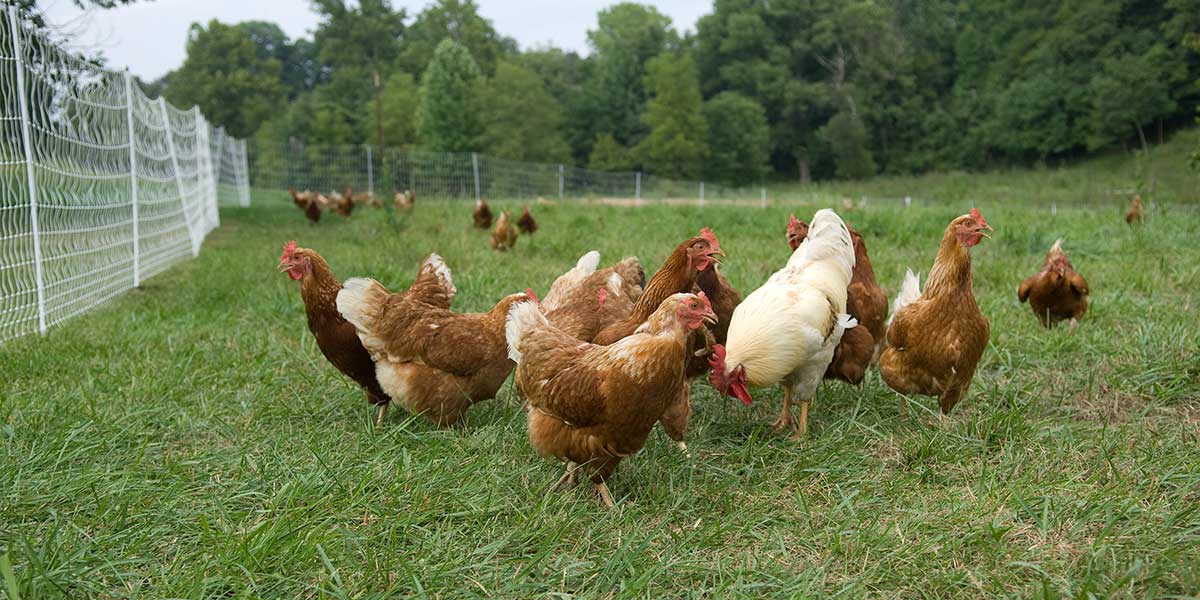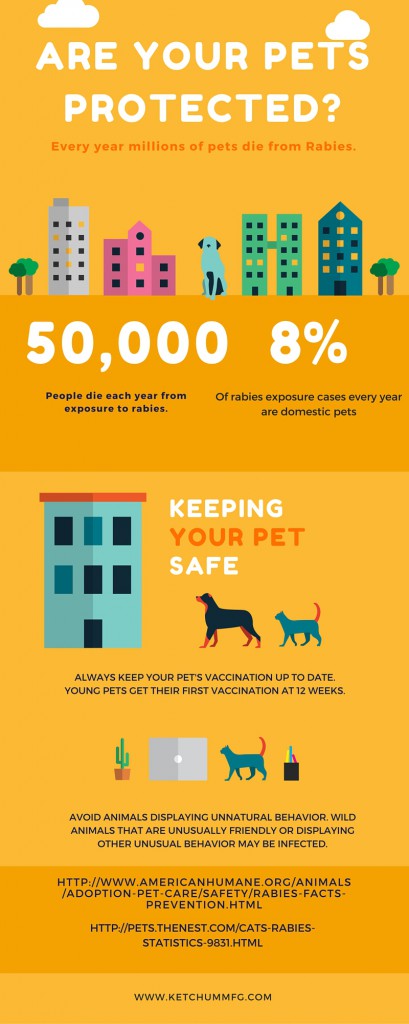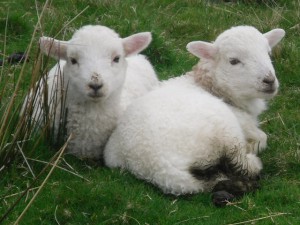[INFOGRAPHIC] Are Your Pets Protected Against Rabies?
Pet Safety Tips for Spring
Even though spring technically starts on March 20th, the month of April is when it really begins. It’s that time of the year for warm weather, fresh gardens, and enjoying the outdoors with your pet. You can finally take your pet outside and not put on 5 layers for the freezing cold! But as with any change of season, there are always some important safety tips to consider. Let’s take a look at some of the most important ones:
Vet Visit
Spring is a great time to schedule a veterinary visit, especially if it’s been awhile. You can ask your veterinarian about topics like tick & flea prevention, spray/neutering, and more. Your vet will also observe/test your pet for any problems that may have come up during the winter. It’s been a tough winter in the northeast – things can happen!
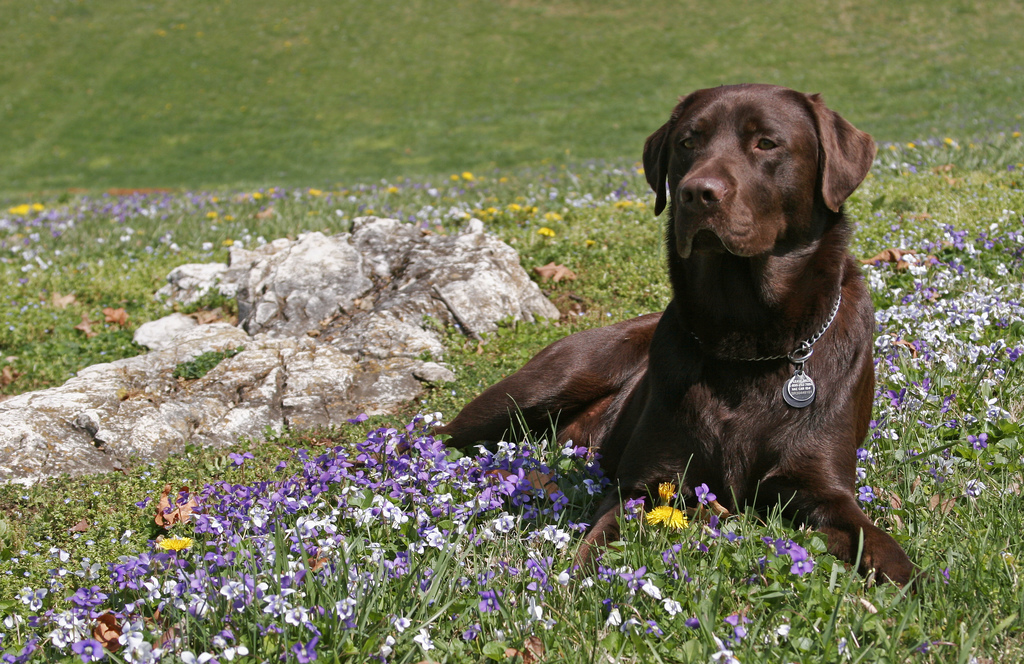 Watch the Lawn & Garden
Watch the Lawn & Garden
Fertilizers, herbicides – all that stuff that helps your lawn stay healthy certainly won’t do the same to your pet. Take special care in keeping your pet away from a freshly sprayed lawn. If your pet starts eating the grass, the results could be fatal. On the same token, certain plants can cause problems for pets. Some plants are poisonous, some will cause allergies, and others will cause choking hazards. Don’t let your pet roam around in an area you’re not familiar with.
Home Cleaning Supplies
Not only is spring the time to get your lawn in shape, but your house as well. Be mindful of all the cleaners you’ll be using to scrub the floor, dust the fans, and more. Make sure your pet doesn’t get into the cleaning supplies, as it could prove fatal.
Insect Bites
You know how insect bites are a big pain for humans – especially the ones that make you concerned? That same concern should be taken if your pet is bitten, too. Make sure serious insect bites are treated.
Pools
A lot of people wait until its summer to open up the pool. Some like to get it done with in the spring. Remember, pets should never swim unattended.
Open Windows
When you keep the windows open, make sure there’s a screen so your pet isn’t tempted to hop out. Now is the time to fix those broken screens!
Pet Tags
Pets are ready to get out and run around by the time spring rolls around. You’ll want to take them to a lot of new places – the dog park, a mountain, a nice walk on a new street, etc. And that’s all perfectly fine, as long as you keep an eye on them and they’re tagged. You certainly don’t want your pet to get lost!
Some Pre-Spring Tips for Lambing
I know we posted this back in the end of Fall, but with lambing season beginning soon, we felt that we should bump this post back to our front page. This will help make sure that you’re prepped for lambing this Spring (which is only two months away, by the way). Also, if you’re new to raising sheep or are researching the possibility of adding sheep to your farm, we have a short tip sheet as well as put together a more in-depth guide that you should take a look at!
Even though the winter might feel like it lasts forever, it will eventually come to an end, and lambing season will be upon us sooner than we expect. So, here are a few tips to remember when it comes to lambing this Spring.
Is your space ready?
First thing to remember is your lambing barn ready? No two barns are going to be alike, and there isn’t one correct way of going about this. It all depends on what your needs are and what resources you have available to you. However, there are a few things that you need to make sure of. Firstly, that you have a warm, clean area for the ewes and their babies. However, there is a fine line between a warm barn and one that isn’t getting good airflow and has high humidity, you have to find a balance between getting fresh air into the barn but not creating a draft through it. Secondly, you need to make sure you have the lambing pens ready at the same time, these should be a large enough space so that the lambs have room to move around, and are equipped with a heat lamp.
Attentiveness is key!
I cannot stress this enough, when lambing you need to make sure that the lambs are getting colostrum right away. Producers should always be prepared to deal with weak or cold lambs as this can happen, especially when lambing gets into full swing. The longer these lambs go without an colostrum adequate intake and/or are still cold the most likely they won’t recover.
Nursing
In an ideal situation the lamb should nurse from the ewe around an hour after birth so that the lamb can get the full nutritional benefit of the colostrum. If the lamb is too weak to nurse, it might be necessary to tube feed the lamb. This should be done by someone who is skilled at this due to the potential health risks on the lamb from tube-feeding. Additionally, you should have some frozen colostrum and milk replacer handy in case of weak lambs. When defrosting the colostrum make sure to bring it up to temperature via warming in hot water, never in the microwave as this will destroy any nutritional value of the colostrum for the lamb.
Finally, you should have an immunization schedule in place prior to the start of lambing, by doing this you’ll be prepped for lambing and will have all the necessary equipment in place.
Lisa Podwirny is the owner of Ketchum Mfg. Connect with her on Google+!
Cow Tips: Raising Cattle
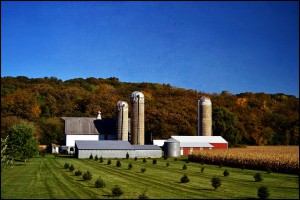 With calving season once again around the corner, I wanted to revisit an old post of ours that gave out some quick tips on how to raise your cattle. So, without further ado, here is part one of our cow tips!
With calving season once again around the corner, I wanted to revisit an old post of ours that gave out some quick tips on how to raise your cattle. So, without further ado, here is part one of our cow tips!
Most people who live in the countryside, at some point, learn how to raise cattle, especially when spring comes. Greener pastures and warmer temperatures make it ideal to raise cattle for dairy or for meat. However, raising cattle is only half the battle, once you raise them you also have to maintain them, and that’s learning what you need to do all year round to make sure that your investment, stays alive and healthy. So here are some tips for raising and maintaining cattle.
 Raising Cattle
Raising Cattle
Buying – The first thing that you want to do once you decide you want to raise a few head of cattle is you need to find a good source for the cows. The best thing to do is to buy a few weaned calves or feeders that are a little bit older depending on your experience and comfort. You can usually scan through local newspapers for ads selling cattle or calves or you can place an ad yourself offering to buy. Also, it would pay to visit the local co-op as this can sometimes lead to some good leads to farmers who have some stock for sale. Auction houses can be another good source for calves, but buyer beware, auctions are notorious for getting rid of sick or ailing animals. If you are unsure what to look for, bring someone who has some expertise with you so you’re not sold a false bill of goods.
Shelter – Once you have your calves you’re going to need someplace to put them. A lot of beginning farmers waste a good sum of money in building expensive barns or sheds to place their cows. Honestly, a windbreak can provide sufficient shelter for calves and older cattle. A lot of beef cows spend most of their life in the open and mainly use what they can find in nature for shelter. While calves should have some protection from wind and rain, even the older feeders are pretty hardy as long as they have access to mom’s udder. One thing you absolutely need to consider when providing shelter for cattle is to make it draft free, but not air tight. Cattle expel a large amount of moisture in breathing and voiding waste. Structures that don’t allow that moisture to escape can cause serious health problems in your cattle.
Also you’re going to make sure you have some sturdy fences when raising cattle. Cows are big and heavy creatures and will tear through things like tissue paper if they’re not built to withstand them. While fences are expensive to build and maintain, one “hot” wire (a wire hooked up into an electric fence charger) will make sure that the cows keep off the fence and will help preserve it.
Pasture – Seasoned farmers have told us that a mixture of alfalfa, brome, and timothy is considered the best pasture for cattle as it encourages grazing. However, don’t overestimate the carrying capacity of your pastures. While you might see some great lush growth in the spring, that growth will easily turn into much drier and shorter come July and August and you can easily end up with too many cattle and not enough pasture. Plan ahead so you have more grass than cattle and not the opposite.
Water – Finally, make sure you have a good supply of water. Just to give you an idea, cows, on average, drink about 12 gallons of water per day. This average is a good rule of thumb to remember when setting up troughs or tubs as a water source. For the winter time, tank heaters are a great way to save your back from doing too much ice chopping as the weather drops.
Well thanks for coming by for some tips on how to raise cattle, come back next week to see some more tips on how to maintain your cattle and as always, for all your tag needs make sure to check out our range of cattle tags.
Lisa Podwirny is the owner of Ketchum Mfg. Connect with her on Google+!
